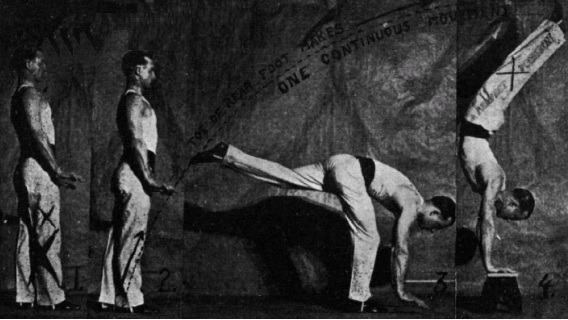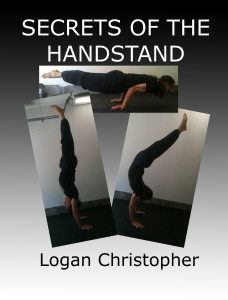There are many different pieces you have to pay attention to, in your efforts to learn how to do a handstand. And going through them all in a single handstand tutorial is going to be difficult but this should give you a great start.
Holding a handstand is the beginning of your hand balancing career. Even if you’ve got no plans to compete in gymnastics or join the circus, after you master the handstand you’re able to move onwards.
That all being said lets get started with our handstands.
How do you hold a handstand? In its simplest form you stand on your hands exactly like you would on your feet. Like learning to walk, you’re bound to fall many times in working up to the handstand. There are different ways to hold a handstand and get into it but for me this is the simplest way.
Handstand Basics
Getting into the handstand is as important as holding the handstand itself. By mastering the kick-up you’ll be much further along in your journey to holding a hand stand.
Let’s start at the beginning. From a standing position you are going to be kicking-up with one leg or the other. Experiment to find which one works best for you.
Assume a standing position with the kick-up leg a bit behind the other. Bend forward at the waist with your arms hanging loosely. As you bend forward your leg will raise up in line with your torso or close to it.
Your arms should remain perpendicular to the ground at all times. When the hands touch the ground you’ll kick with the other leg and they should meet up overhead. You must find the right amount of kicking force to get you into the handstand but no more.

Bob Jones demonstrating how he taught the kick up into a handstand
Congratulations, you are in a handstand. The next part is holding it. But you should be able to see that the better you do the kick-up the easier holding the handstand is.
To hold the handstand you have to keep your body tight. If any body part is kept relaxed you’re likely to just fall towards the ground. Tighten everything up so that you remain rigid like a board.
Curving your back or keeping it straight both work in the handstand. Either way you do it you can still pull off a good handstand. For most the arched handstand position is easier.
With your body kept tight, you want to maintain the balance primarily with the fingers. Dig them into the ground to prevent from overbalancing and let up to prevent from underbalancing. Balance can also be maintain with the shoulders but starting out you want to rely on the hands.
If you take the shoulders out of the locked out position they need to be in you’ll likely start using your strength to balance which you want to avoid. Think of shrugging your shoulders up towards the ears at all times. At the same time you should maintain locked out elbows.
If you give all this a try you’ll likely find out just how difficult holding a handstand can be. That’s because asking how to perform a handstand is the wrong question. The real question you should be asking is…
How do You BUILD UP to a Handstand
I created the Secrets of the Handstand Quick Start system to answer this question. But in this article I’ll give you the basics of it.
This entire system is based on one thing. That is the use of lead-up stunts. But what are lead-up stunts? Let’s talk about the handstand first. Many people, myself included, start trying from the get-go to balance out in the open. They fall over again and again. They are unable to hold for any length of time. (I’m sorry if you’re not holding a handstand for at least 5 seconds you’re not HOLDING a handstand.)
So instead of going straight for the handstand, why not work on easier skills. An analogy I like to use is with the deadlift. If you do exercises in the gym you’re probably aware of this basic strength movement. All it involves is picking up a barbell off the ground. If you were to walk into a gym your first day, would you immediately work with 500 lbs? Absolutely not. Instead you would start with what you could lift and build up from there, with progressive jumps over time.
Yet people go into the handstand just like going for a 500 lb. deadlift. But you can’t just take weight off yourself in order to do the handstand. Instead you need to start with more basic skills, that take less body leverage, less balance, and allow you to build up slowly to the handstand. Although I say slowly, this does allow you to achieve the handstand much faster through the systematic use of the lead-up stunts in the pages to follow.
The five main lead-up stunts are as follows:
1. Wall Handstand
2. Frogstand
3. Headstand
4. Forearm Stand
5. Elbow Lever
You’ll also find a number of variations and related drills you can do around these, but these are the main five you’ll want to work on. You’ll find some come easier to you then others, but each helps you in one or more ways towards developing the skills you need to do the handstand.
If you want to get good at a freestanding handstand make sure to practice all of these moves first.
Holding a Handstand for a Longer Time
In this video I discuss what it takes to build up to a longer and longer time.
What do you do after you can hold the handstand for some time? Should you move onto walking, one handed handstands and pressing? Not necessarily. Instead it is best to stick with the handstand but alter the position little by little. This is an idea I got from Professor Orlick in Hand Balancing Made Easy.
There’s a whole lot more available on this website on handstands so take a look around.


